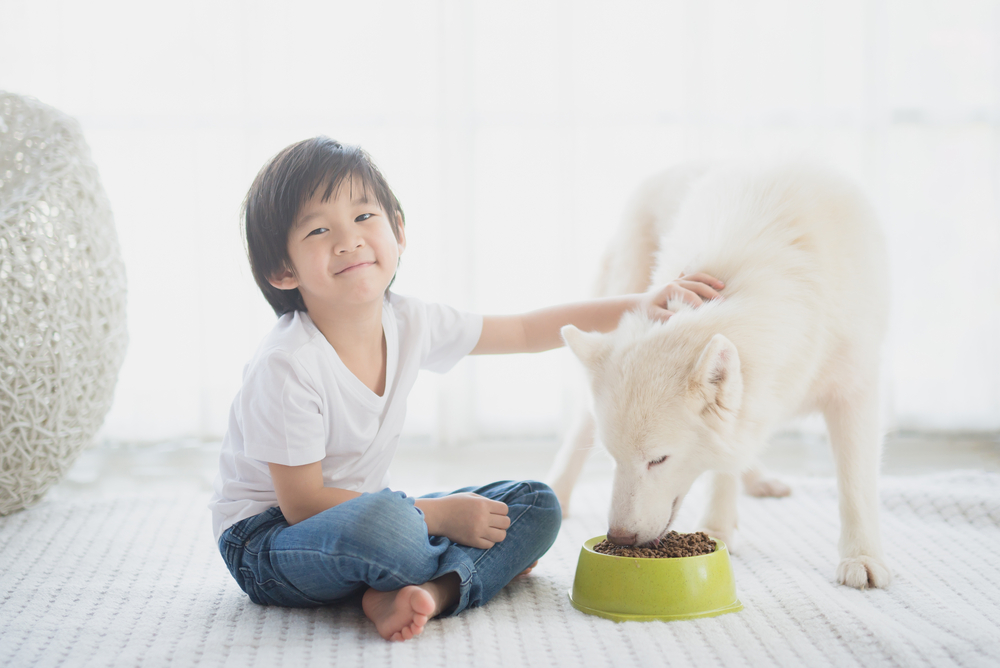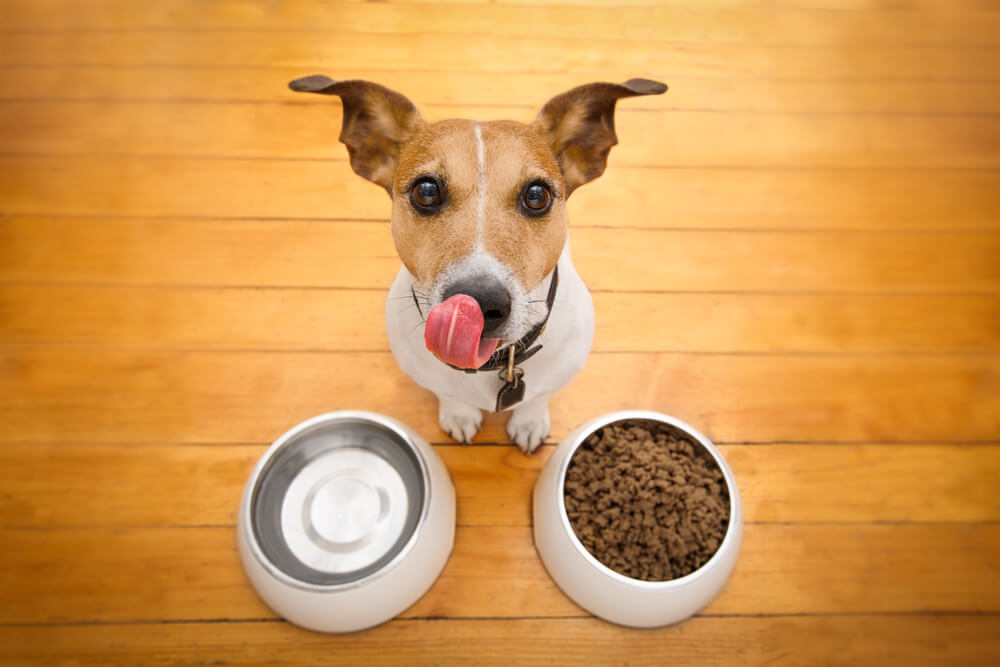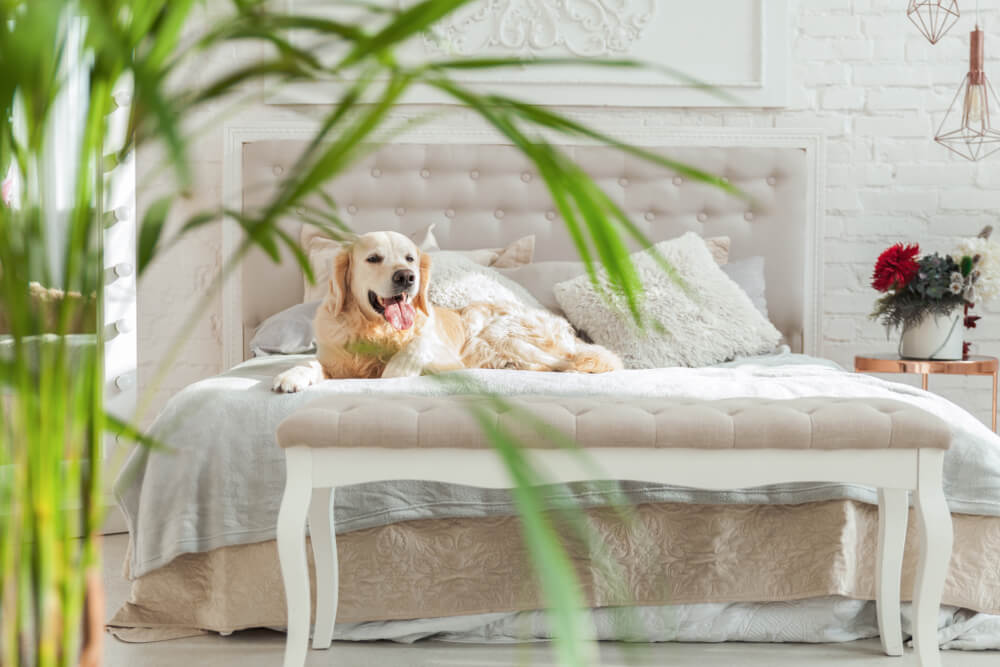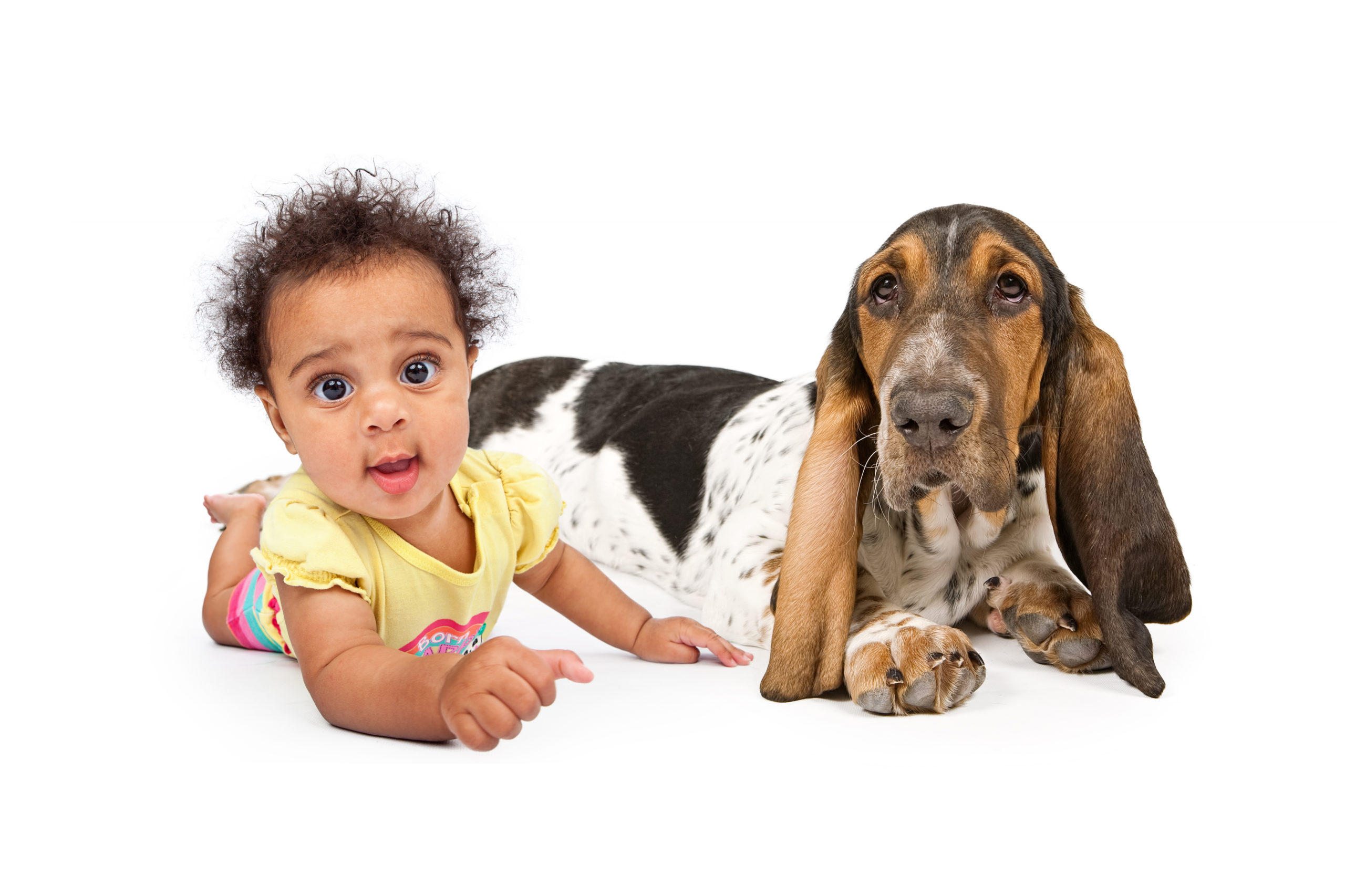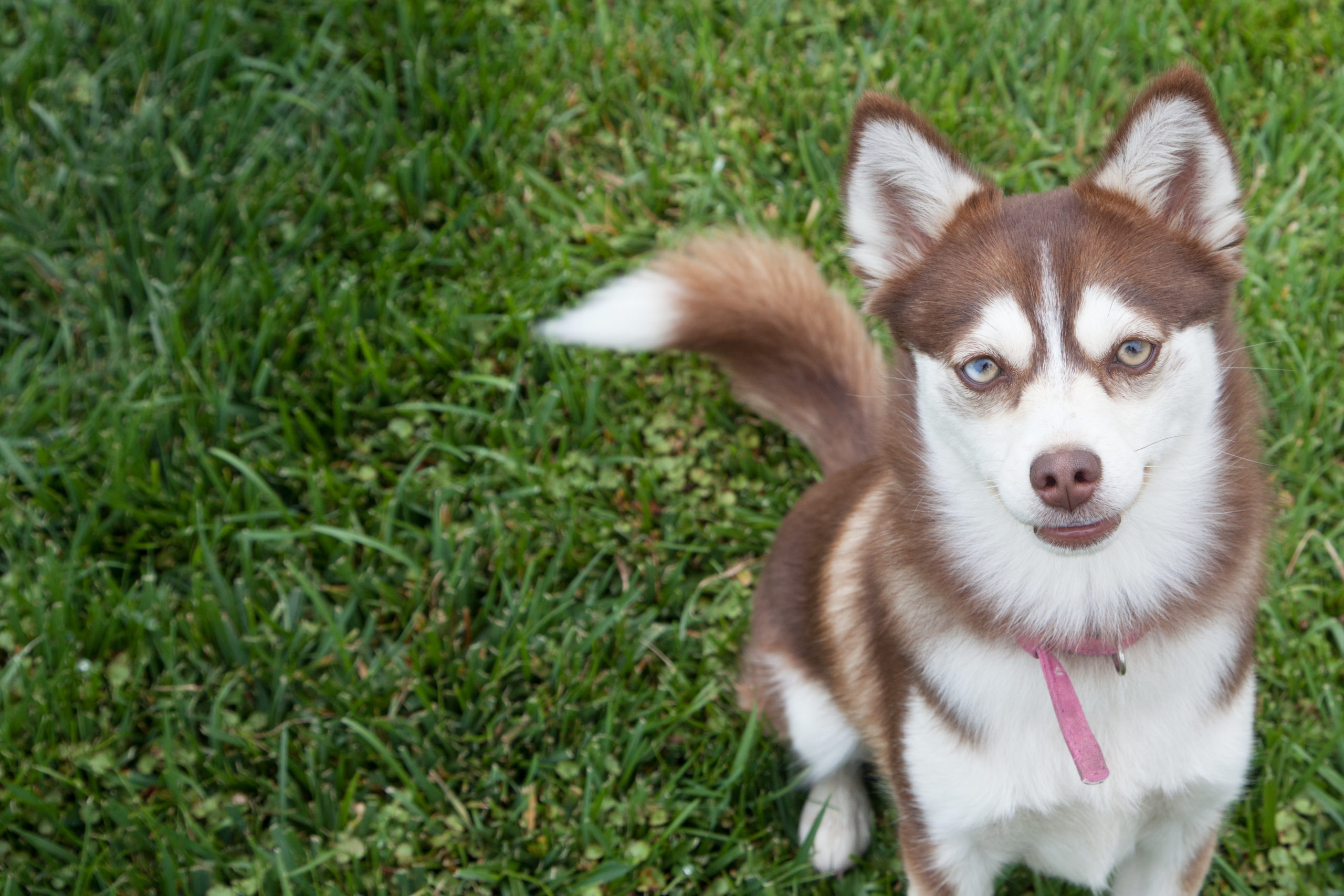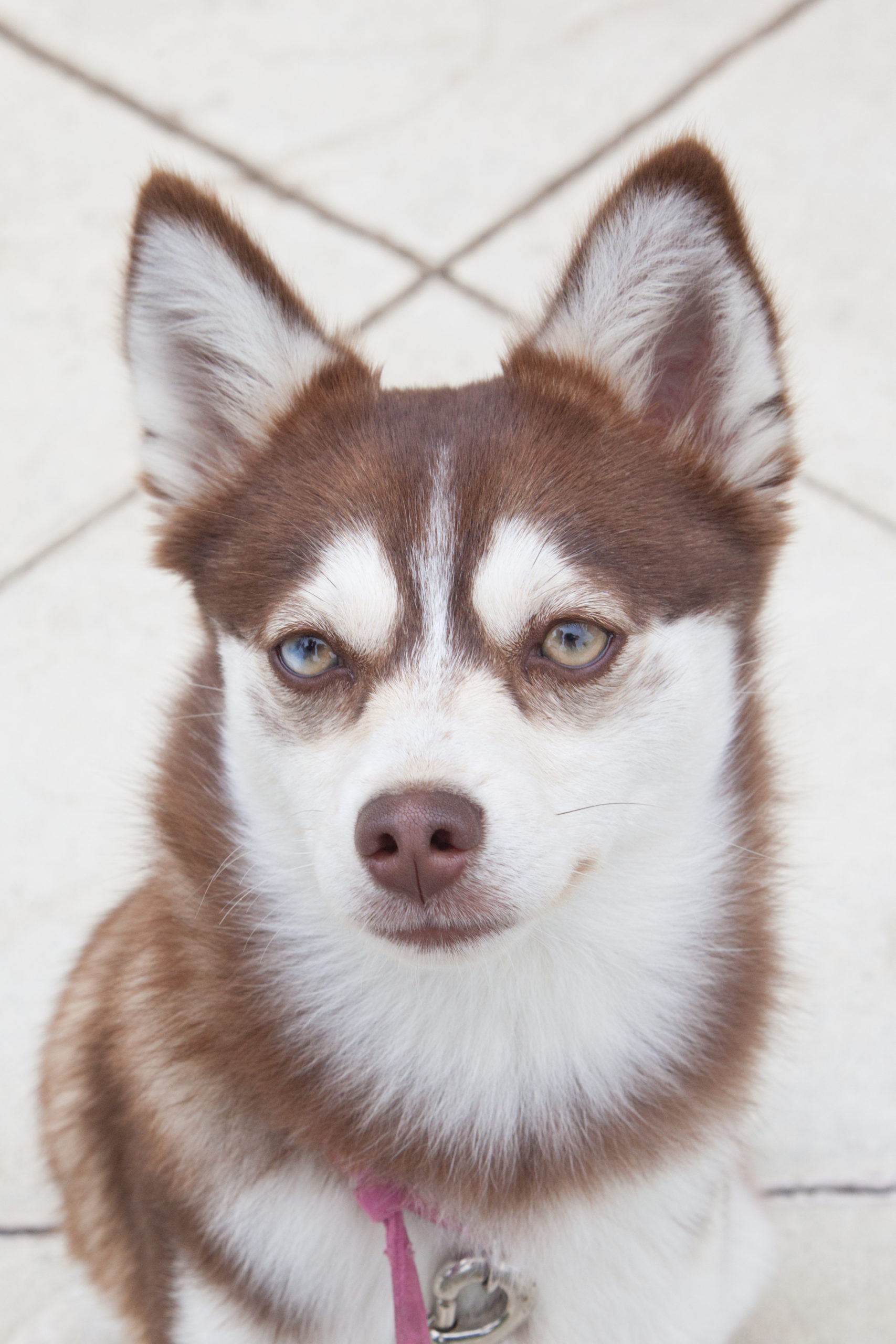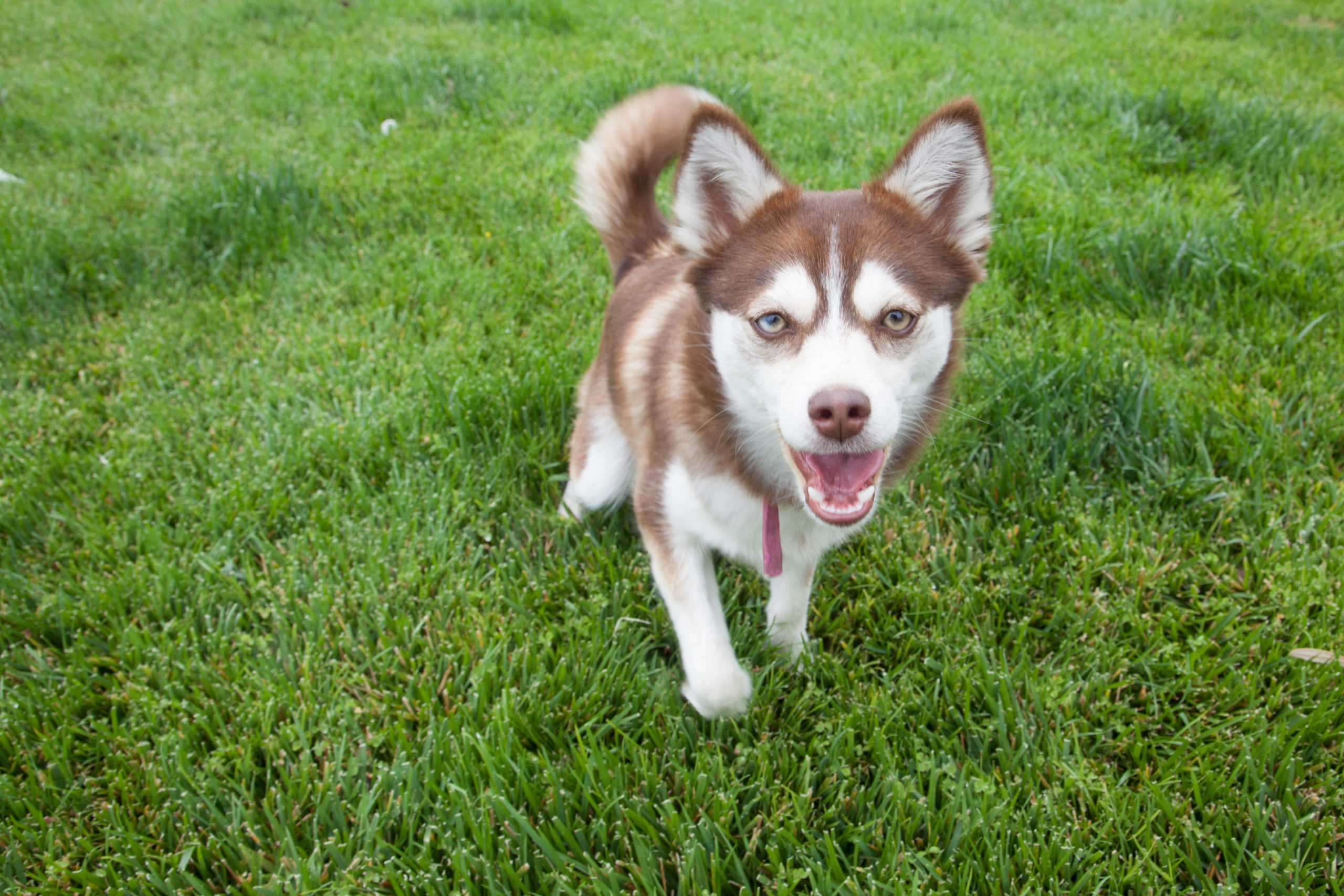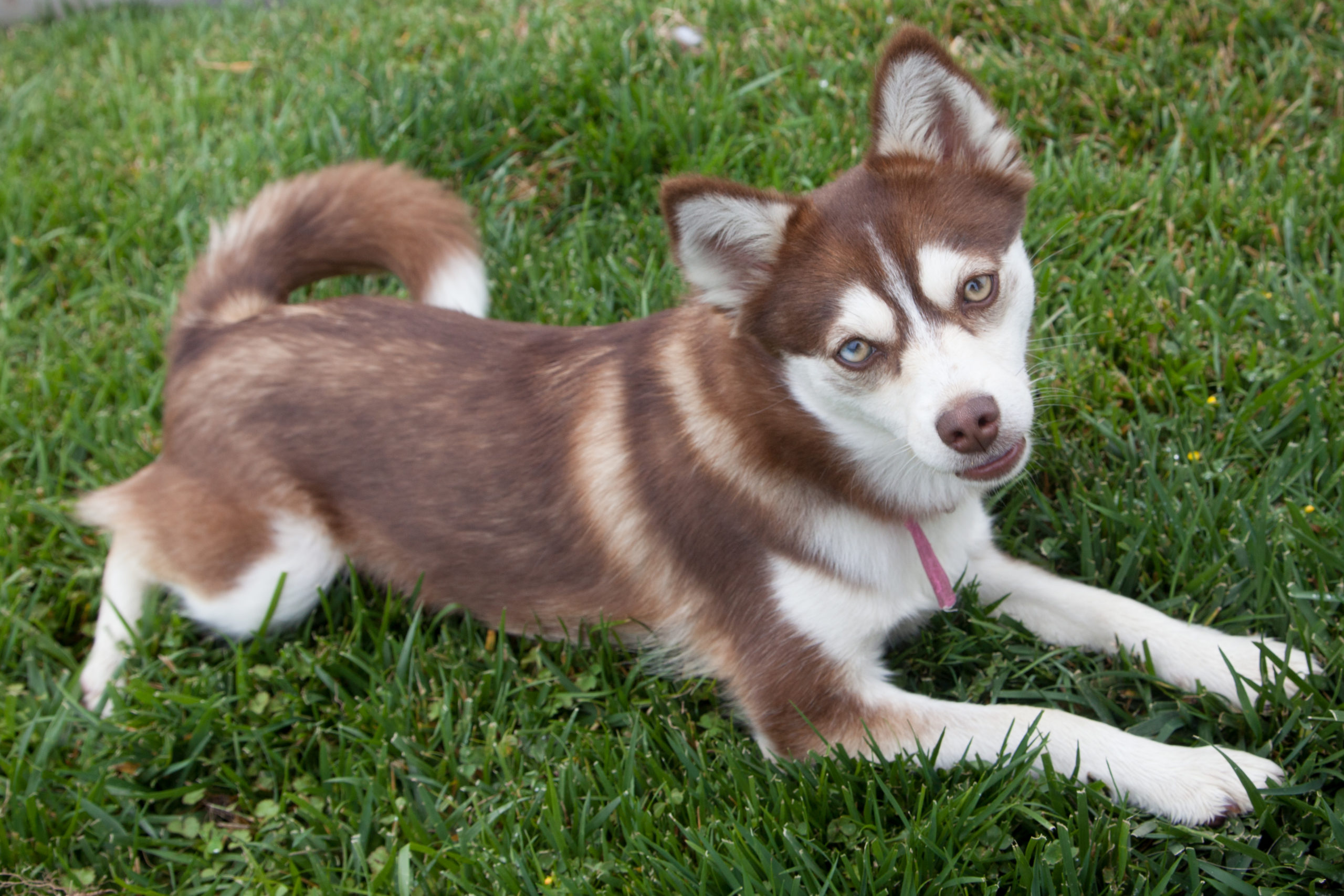7 Amazing DIY Dog Feeding Stations Ideas
We all want our pet buddies to have a comfortable way of living. Then why compromise with their feeding station, or the ways they have their main meals? The mealtime should be the most treasured and fun-time for these selfless, adorable pooches. By creating their food bowl stand, you can always give it a personalized touch according to their requirements and tastes! These feeding stations come with a lot of added benefits; from reducing their mealtime mess, to catering to secure storage, and these DIY feeding stations look excellent. Select your one from the seven amazing DIY dog feeding stations and relive your old school days. 1. Contemporary pet bowl stand with a twist This bowl is specifically for small breeds of puppies. Re-measure your pooch’s bowl and let your adorable one relish their food all the time! Supplies: Dog food bowls Cut down the square-shaped wooden dowels: —6″ (length) x 4 —19″(height) x 4 — six 6.25″ parts (depth) 1″wood screws (two packs are sufficient) permanent adhesive metal clamps sandpaper battery-operated drill machine Method: Start out by building out the top and bottom.Then drill a hole. Initially, start building the top and the bottom. Attach one length and depth piece and secure them tightly with the adhesive and metal clamps. Once done, screw the opposite sides. Do a similar thing with the bottom. Attach the height pieces to complete the table. And don't forget to fill it with his favorite food! 2. Upcycled DIY Dog Feeder Dog bowls are a necessity for dogs, and this one is simple yet helpful. It takes a few steps to complete, and your four-legged buddy is ever happy to have his new dining table! Read the four simple steps to make this DIY. Supplies: Wooden duckboard Sandpaper Permanent paint White acrylic paint Flat paintbrush Paint sealer Method: Even the surfaces of the wooden duckboard with the sandpaper. Make it smooth. Cut out the portions where you want to place its bowls and brush-off the extra dust. Paint the same while giving a half-n-half effect. Coat the wooden slat with a couple of coats. Allow it to dry thoroughly. Apply the gloss to make it permanent. Place his bowl full of food and surprise him with his new feeding station! 3. Log Bowl – nature-inspired elevated food dishes Log bowls are the perfect combination of the tree's beauty (in its natural state) and with some bit of high-gloss, and bright-colored paints! Every bowl is made of reclaimed trees of all types. Remember to use the local ones, fallen or cut down owing to the extreme weather. Cherry-pick the one you would like to make a DIY stand for your pooch. Supplies: Broken logs Acrylic paint (bright color) Water-based gloss varnish Method: Pick the one you want to transform into your pet buddy's feeding station. Measure his feeding bowl and mark it on the surface of the log. Then with the help of a hacksaw, [...]

